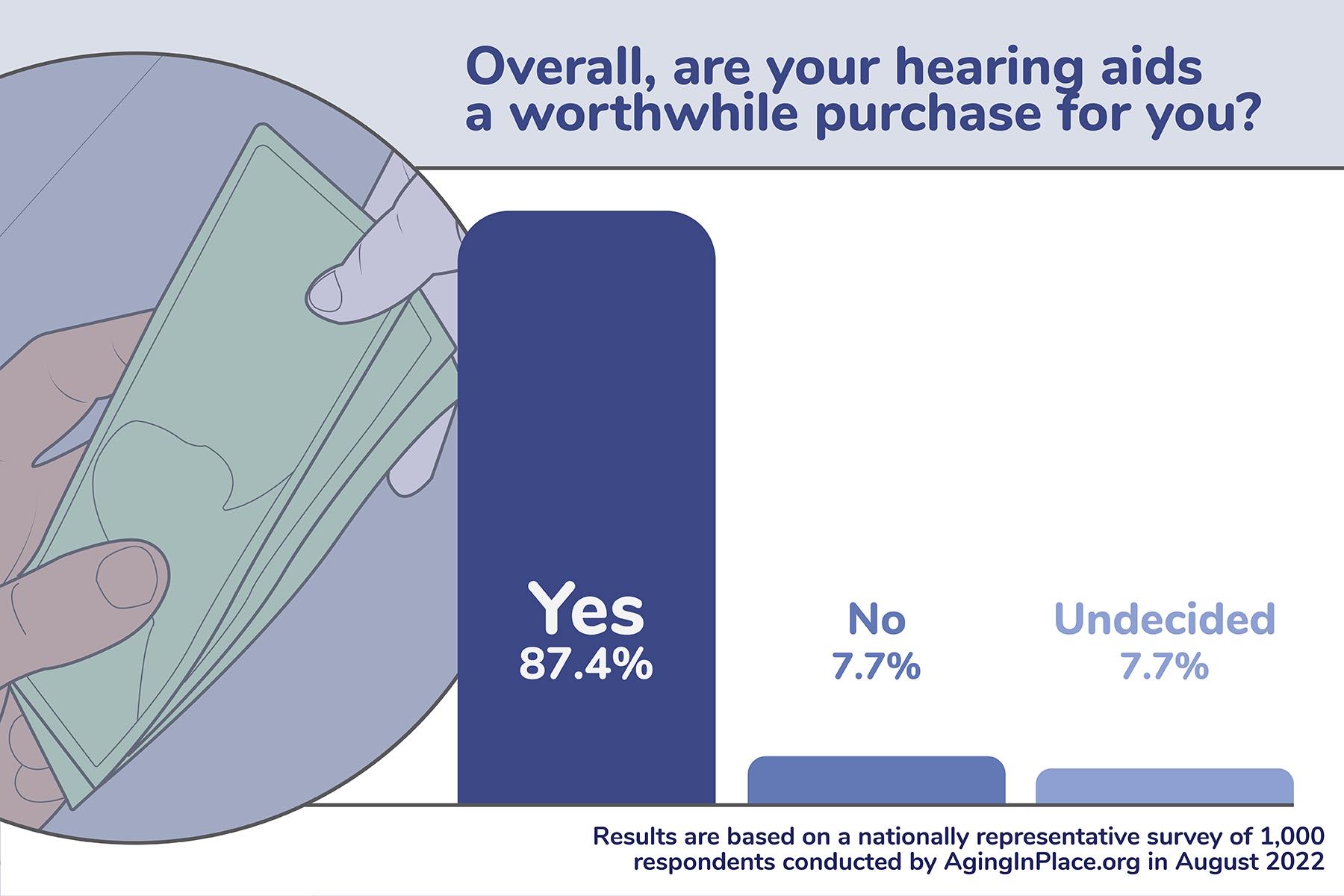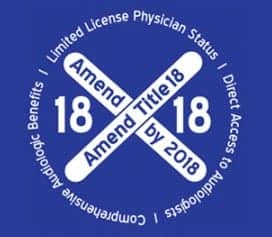By Alex Bass, Writer
AgingInPlace.org connects older adults and their loved ones with educational resources so older adults can independently live at home. The team has spent more than 1,000 hours researching, testing, and reviewing popular hearing aids on behalf of readers. AgingInPlace recently surveyed hearing aid users to understand their top device choices, the factors influencing their purchases, their purchasing process, and how they feel about their hearing loss and hearing aids. An article detailing the results appears on the AgingInPlace website.
Related article: 40 Years of Sound Processing as Described by Hearing Aid Users
Today’s hearing aids are more discreet and technologically advanced than ever, especially considering the original hearing aid was the ear trumpet, a horn held to the ear for people to speak into. Despite these advancements in style and function, people needing hearing aids may still be reluctant to get them.
Untreated hearing loss can lead to communication problems that cause older adults to socially withdraw and be perceived as confused. Lack of social engagement is thought to increase older adults’ risk of dementia and hasten physical decline. Hearing aids not only compensate for hearing loss but also keep older adults connected to their families and communities for healthier aging.

- In-the-ear hearing aids are the most popular hearing aid style. Not as noticeable as behind-the-ear or as discreet as invisible hearing aids, middle-of-the-road in-the-ear hearing aids were the most preferred style, purchased by 32.9% of survey respondents. In-the-ear hearing aids don’t loop around the ear like behind-the-ear hearing aids. They also aren’t invisible hearing aids because they can be seen at the ear canal’s opening. The second most popular choice was the traditional behind-the-ear hearing aids that loop around the ear.
- A hearing aid’s comfort and stability are the most important qualities to consumers when shopping for hearing aids. Following closely behind were a hearing aid’s volume amplification, battery life, and background noise reduction. Price and aesthetics ranked behind these other qualities.
- Most people are not paying for hearing aids solely out of pocket. Many of the respondents we surveyed, 79.6%, used personal insurance, Medicare Advantage, or funds from a Health Savings or Flexible Spending Account to cover at least a portion of their hearing aid expenses. Only 20.4% reported paying for the entire purchase out of pocket.
Please visit the AgingInPlace website for the full results of the survey about hearing aid users.
Source: AgingInPlace
Photos: AgingInPlace





